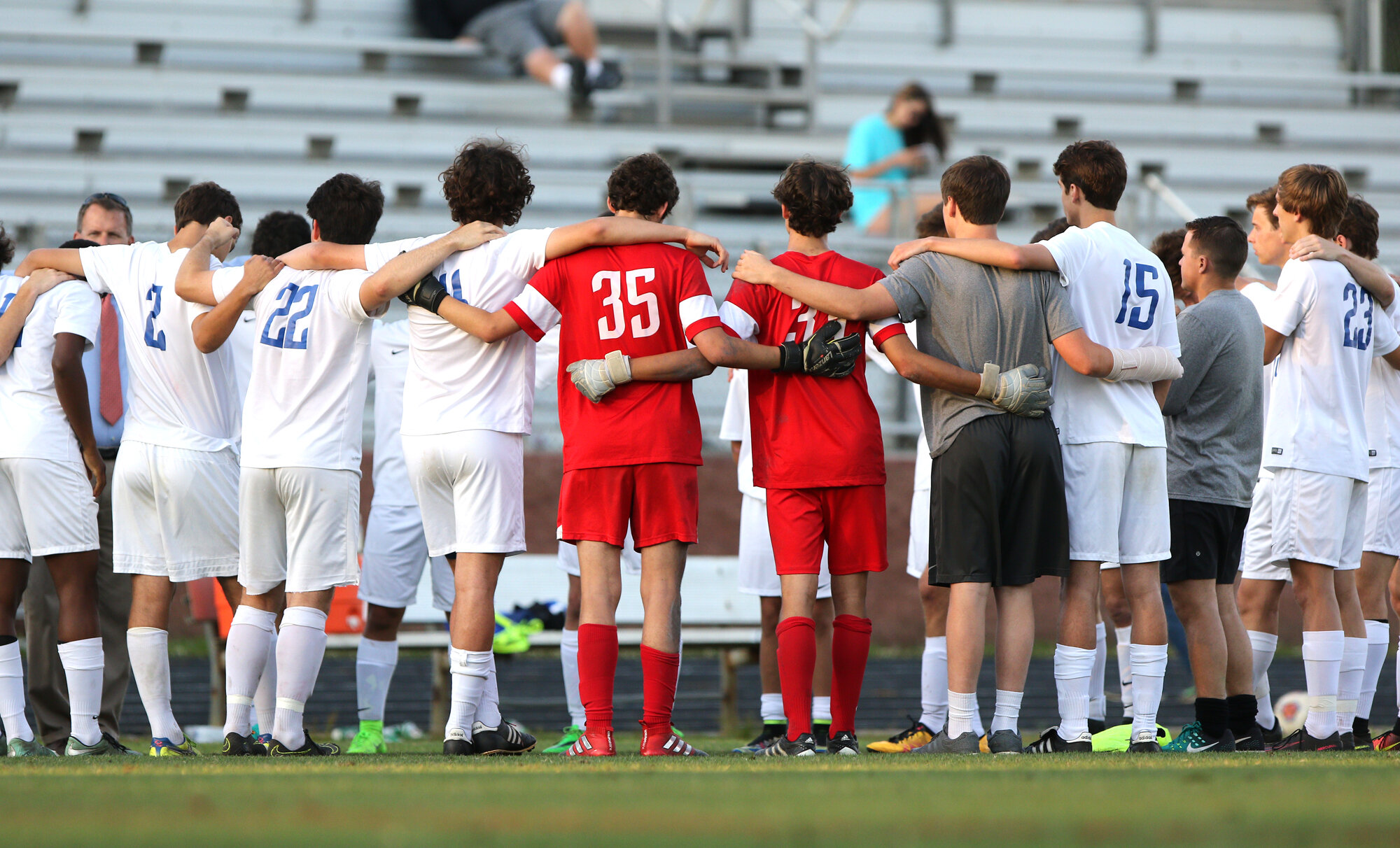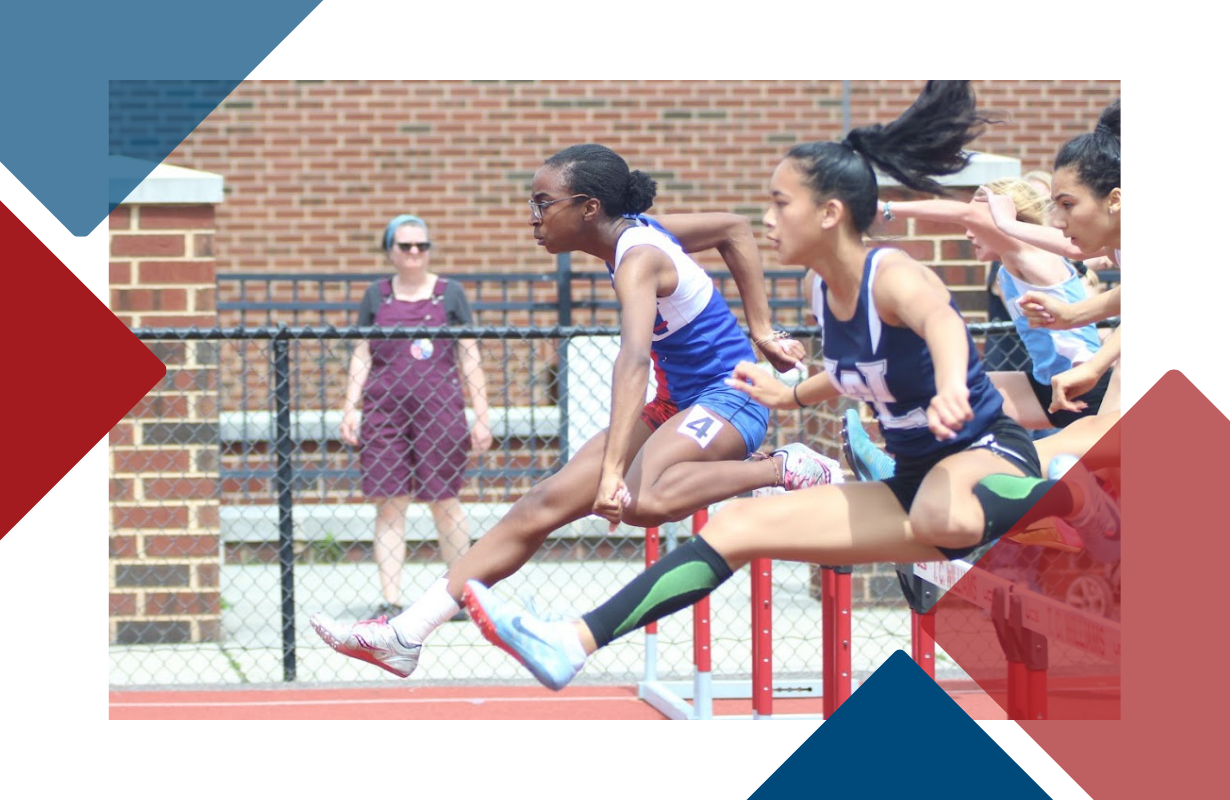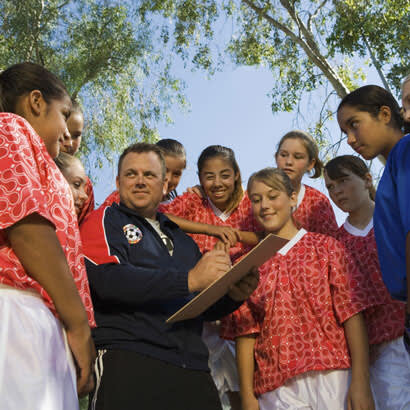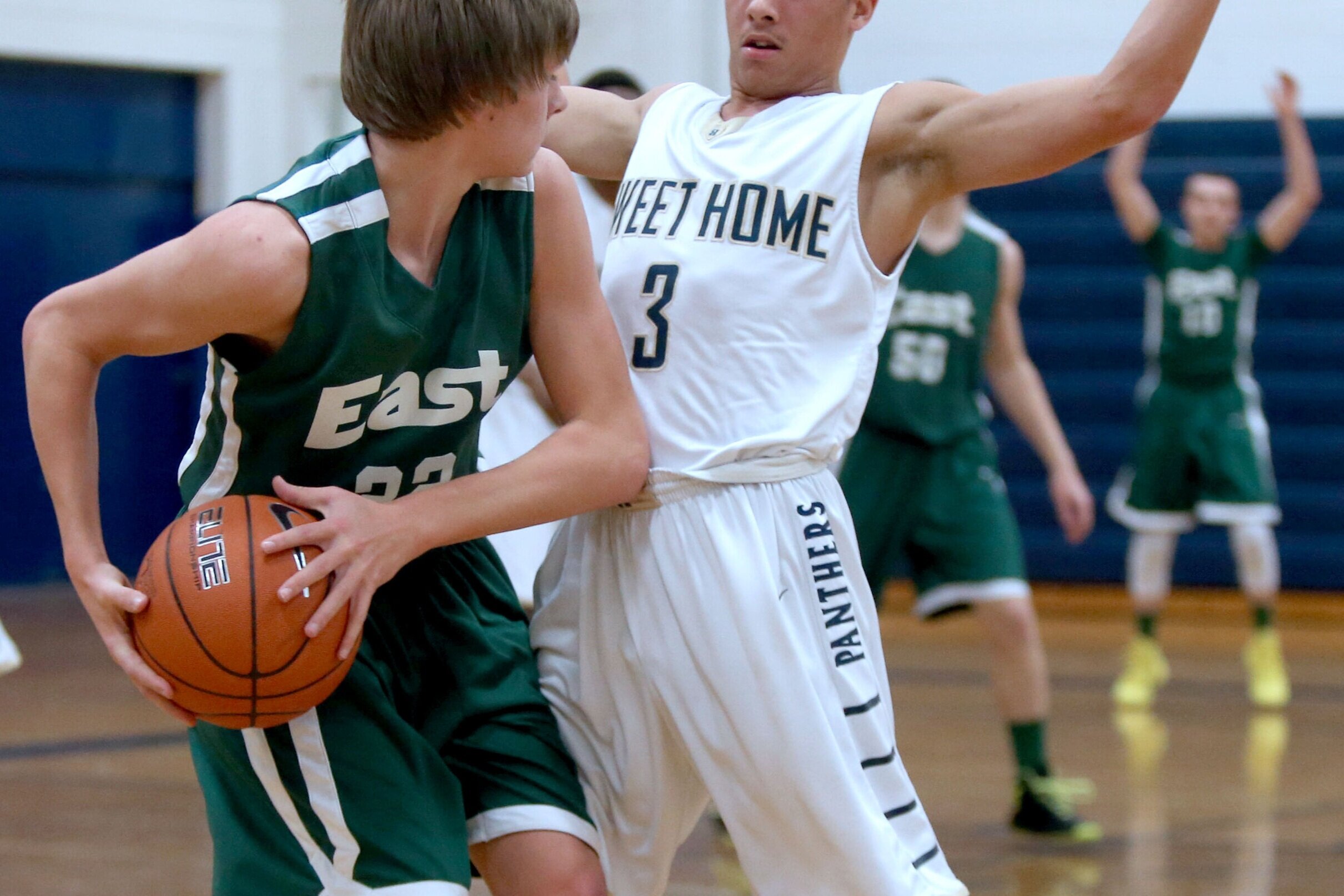Evolving has become the name of the game during the coronavirus pandemic. Strategies that once seemed like the only way to accomplish a goal now may look obsolete.
This is true within youth sports, as highlighted below by the Aspen Institute’s Project Play.
There are cutthroat soccer club rivals uniting to keep kids playing. There are college baseball players coaching kids online. There’s a nonprofit volunteer coaching service shifting to feeding families.
In this new world, evolution is necessary to survive and provide the youth sports opportunities that kids need.
1. Competitive soccer clubs unite to keep kids playing
In the Washington D.C., Maryland and Virginia region, 87 soccer clubs, leagues and facilities have teamed up to form DMV United, a support system for the local soccer community. The goal is to keep kids playing soccer when we do return. It started with a handful of clubs informally discussing refunds and ever-changing reopening dates. It’s turned into weekly calls, a full-fledged website with competitors sharing internal resources and data, and a Slack channel to ask questions.
Club soccer in the DMV is “very cutthroat,” said Matt Libber, executive director of the Maryland SoccerPlex and Maryland Soccer Foundation. “Initially, there was hesitation by clubs to join because people thought it was someone just trying to take control of things or steal kids from one club to another. As people got involved, they realized it’s not that. This whole effort is built on trust, which sadly is unique in youth sports.”
Libber has been surprised at how much information clubs are sharing. They have been candid on refund policies and reduced salaries for coaches and staff. They have shared advice from lawyers and accountants. They have provided training programs on the website that any competing club can look at. And they’ve still kept the competitive edge, in a fun way, by holding Instagram soccer challenges for players by club.
“We don’t want to lose that engagement with the kids,” Libber said. “In this environment, it has to be about the kids.”
Libber estimates that between 100,000-150,000 kids are being captured by DMV United. Any club can join. It’s noticeable those clubs who are not participating.
- Refund policies
- Participation numbers
- Resources for coaches, administrators, parents and players
- Legal document templates
- Reopening dates
- Online training programs
- Public health policies and recommendations
- Sport-related webinars
- Funding ideas
“There are still coaches and clubs who will always recruit players when they shouldn’t, and some of those clubs haven’t joined,” Libber said. “One commitment (of DMV United) is not to exploit the situation while others are struggling financially. I think at the end, the public will see through this and say, ‘These clubs were working together and these were not.’”
Libber’s hope is that DMV United isn’t a one-off, but becomes a lasting legacy of the pandemic. Right now, it’s just a platform to survive. But in the future, Libber envisions the group could be one collective voice advocating to local government about funding for facilities and programs in ways that U.S. Soccer and US Youth Soccer simply can’t. Or the clubs could work together on analyzing participation through research that’s reported back to a single source. Or the clubs could fundraise together for a scholarship program for youth who can’t afford travel soccer.
“If we see clubs that are going under, narrowing the market doesn’t help anybody,” Libber said. “It’s unusual for youth sports, but we’re really all in this together.”
Get resources from DMV United: dmvunited.org.
2. College players reach out and coach kids on baseball
The Wayne State University baseball team is pairing its players with kindergarten to eighth grade students to communicate about baseball during the shutdown. With Wayne State unlikely to have its summer baseball camp, coach Ryan Kelley is asking campers (mostly from Detroit) to send in questions so his college players can respond.
In 2017, the Aspen Institute’s State of Play Greater Rochester and the Finger Lakes report recommended youth sports providers work with universities to identify coaches. “Imagine the possibilities,” we wrote in 2017. “Eleven colleges and universities in the region offer college athletics. In 2015, their aggregate population of student-athletes was 4,719. Develop opportunities to engage more of these young people, who already have the sport knowledge to teach a sport and the credibility to be effective role models. … Create a pipeline that will only enrich the youth sports culture over time, as these athletes cycle out of college and move back into communities, now with more tools to promote quality activity.”
“I have two daughters elementary-school age,” Kelley said. “I’m aware of what it’s like as a parent with youngsters at home and what they’re going through. We take a lot of pride and passion in the camps we’ve ran. We’ve built good relationships with families and youngsters and want to make sure we haven’t forgotten about them.”
Campers are asked to respond to Kelley with their age, school, location and specific question. Kelley looks for commonalities to pair the campers and college players. If there’s a question about being a catcher, Kelley pairs the child with a college catcher. If a camper and college player come from the same area, they may be paired to try and build a mentorship.
“Not only is it good for the youth, it’s good for my players,” Kelley said. “They’re home and not playing college baseball now, so this gives them an avenue to make an impact with someone at the younger level.”
Youth sports desperately need more and better coaches. Only 3% of youth sports coaches are under 25 years old. Imagine if Wayne State’s experiment was replicated by tens of thousands of college sports teams across the country – and produced a new pool of future coaches.
Email youth baseball questions to coach Ryan Kelley: ryankelley@wayne.edu.
3. Nonprofit shifts from coaching to feeding kids via Google map
Coaching Corps, a nonprofit that trains college students to mentor underserved youth, has redeployed volunteer coaches to provide low-income families with food and supplies. Delivering food and basic necessities qualifies as a government-approved essential service during this time. About 400 people signed up during the first two days of outreach to help low-income communities in California, Baltimore, Boston and Atlanta.
- Identify field and park locations in your area
- Directions to youth sports spaces
- Coordinate food and equipment drop-off destinations
- Promote volunteer coaches and referees needed at certain sites
“We were so heart-warmed that so many people want to help,” said Janet Carter, Coaching Corps CEO. “We recognize the safety issues and the sites are providing volunteers with all of the right procedures.”
The Coaching Corps website is using a Google map to identify its food and supply distribution sites in different cities. This is the first time that Coaching Corps has used an online tool.
“A silver lining of this crisis is it makes us better to quickly deploy volunteers because of the immediate need,” Carter said. “In the future we’ll be able to more effectively recruit volunteer coaches because of what we’re learning to get so many people out to sites. Our capacity and messaging will be stronger.”
Volunteer to donate food or supplies through Coaching Corps: coachingcorps.org. Donate money through Coaching Corps to help youth and families: coachingcorps.org/donate-now.
Do you know of a person, team or organization doing something innovative in youth sports during the pandemic? Share your information to jon.solomon@aspeninstitute.org.





















